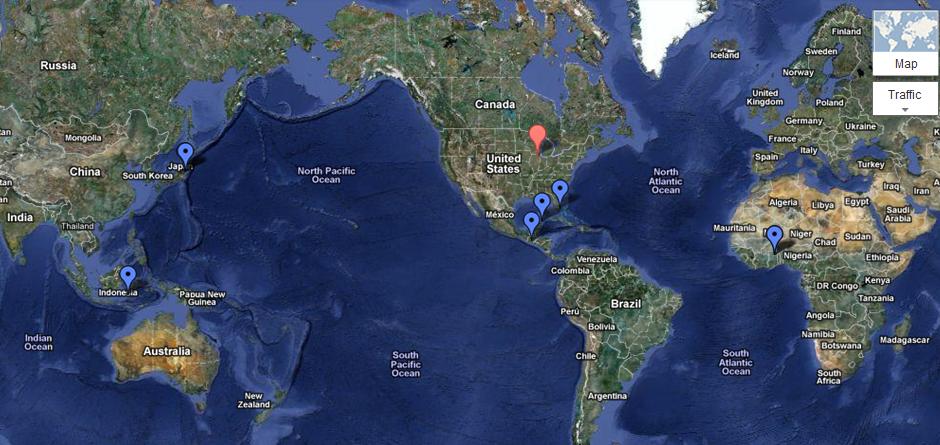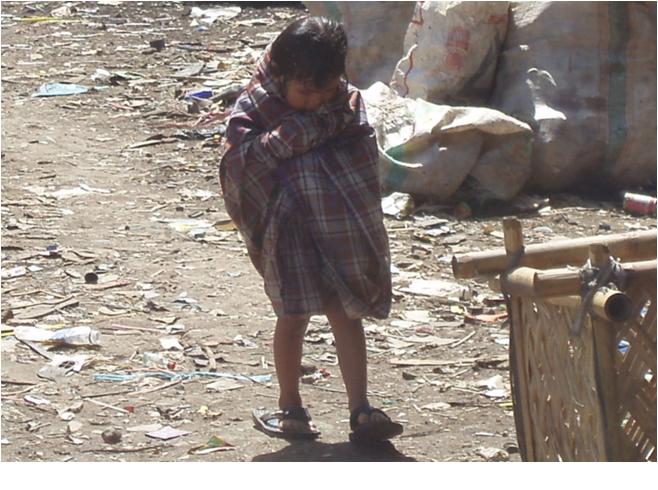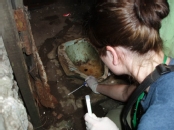Global Environmental Health

There are approximately seven billion people in the world, but living conditions for hundreds of millions of people still need to be improved (1). It has been estimated that various environmental factors (e.g. chemical, biological, physical, and socioeconomic factors) contribute to 24 percent of the global disease burden and 23 percent of all deaths (2). Environmental risk factors for children have been estimated to be five times greater than the total population (2). Environmental health interventions can be of enormous benefit and act as an effective method to reduce childhood mortality.
Global Environmental Health (GEH) LAB, a non-profit organization co-founded by Tomoyuki Shibata Ph.D., M.S., promotes Millennium Development Goals (MDGs) beyond 2015 and Sustainable Development Goals (SDGs). If you are interested in making a difference on any of MDGs or SDGs, let's talk about what we can do together. Please feel free to send an email to tshibata@niu.edu or tshibata@gehlab.org if you have any questions. You can also like us on Facebook.
References
1. United Nations (UN). 2010. The Millennium Development Goals Report. UN, New York
2. Prüss-Üstün, A. and Corvalán, C. 2006. Preventing disease through healthy environment; Toward an estimate of the environmental burden of disease. World Health Organization (WHO), Geneva, Switzerland













Contact
Tomoyuki Shibata Ph.D., M.S.
School of Public Health
Wirtz Hall 258
815-753-5696
tshibata@niu.edu